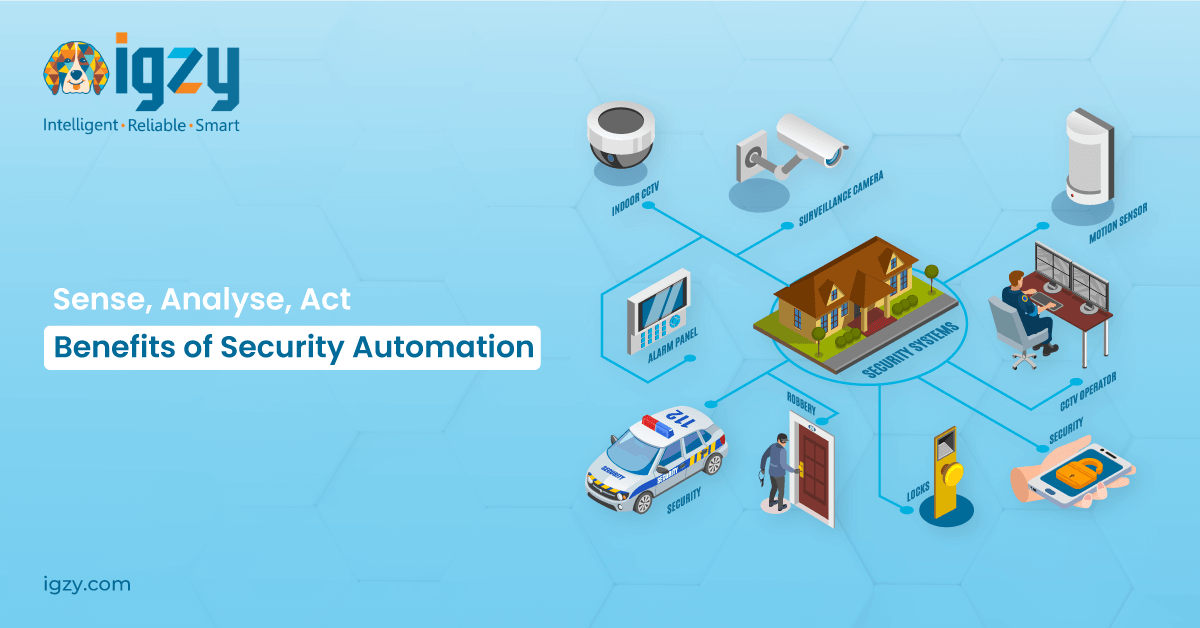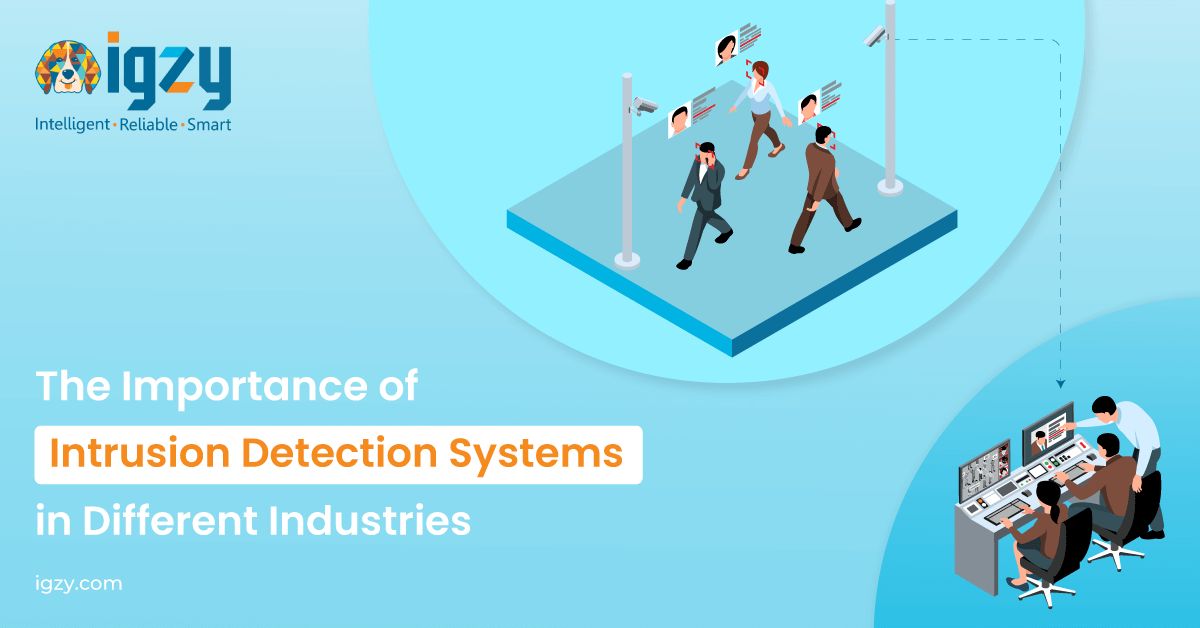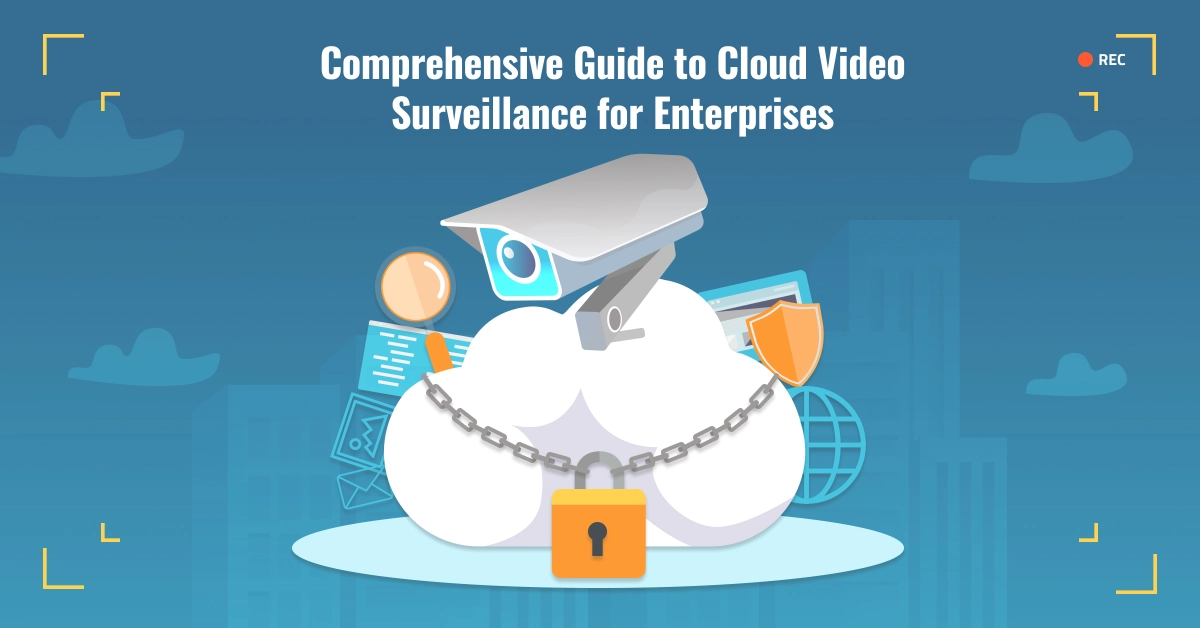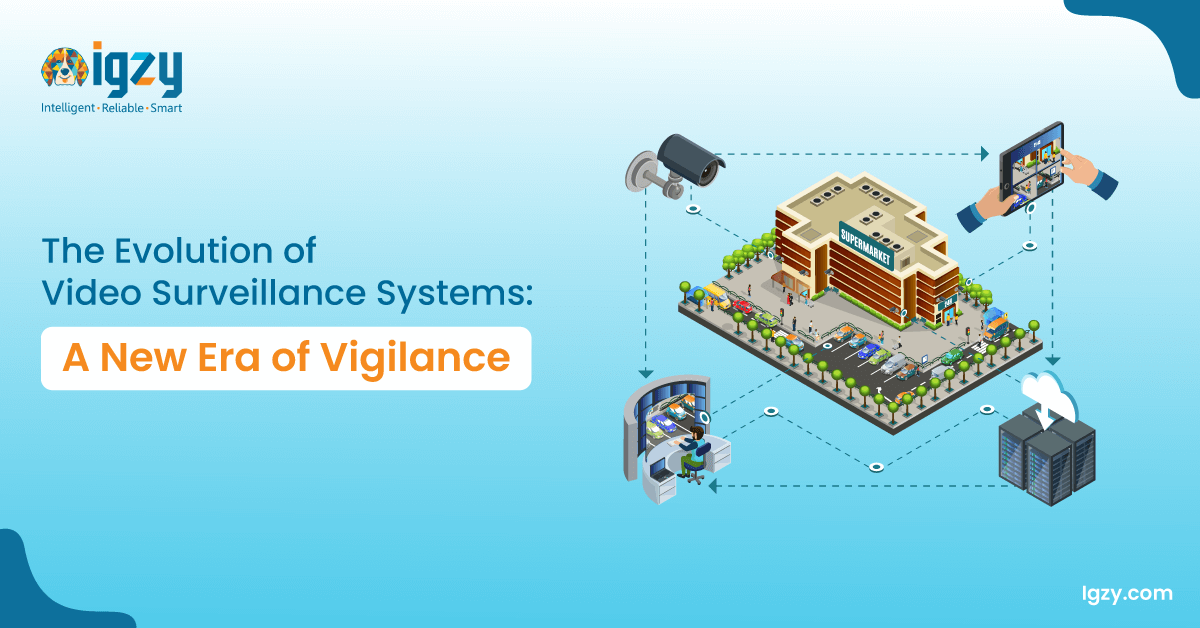7 Features Of IoT Gateway Security Solution To Transform Security
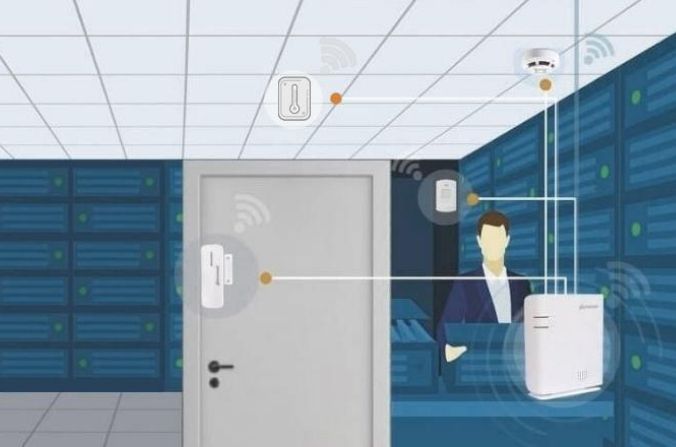
Table of Contents
Gartner forecasts that the enterprise and automotive Internet of Things (IoT) market will grow to 5.8 billion endpoints in 2020. With the expansion of the ecosystem of IoT devices, end-users usually face several challenges related to the integration of multiple devices on the same network due to different power and connectivity requirements. An IoT gateway is considered the brain of all the devices. It works as a connection bridge between the devices and the cloud and transfers the data securely through the channel. It works like a machine to machine communication. An IoT gateway pre-processes and aggregates the data to reduce the load on the network with real-time control on all the connected devices. It provides additional security to the data that is captured from the devices and sensors until it reaches the cloud or server.
IoT gateway architecture
Device hardware
The type of hardware, storage space, and processing speed for IoT gateway is decided through the operating system of the device. A standard scale application can easily run on a microcontroller but for complex tasks, a processor is required.
Software application
The software application is responsible for collecting data and updates from connected devices, store them securely until pre-processing and transfer it to the data center. It analyzes if the acquired data being processed is temporary, persistent or is in-storage.
Feature set of an IoT gateway
1. Storage space for data
The application embedded into IoT gateway captures data from devices and sensors and transfers it on to the end-user. It is considered as the main communication channel. Loss of data can occur due to internet connectivity interruption on IoT gateway, which is why it should have adequate memory space to store critical data.
2. Connectivity requirements
Depending on the project, IoT gateway connectivity requirements are filled. For high bandwidth and reliability, like predictive maintenance, Zigbee or wi-fi should be considered and for remote installation, cellular network connection. Smart gateway has to communicate with a large number of devices that are built on different communication protocols. The gateway should be robust enough for the interoperability.
3. Data pre-processing ability
For instance where the acquired data needs to be processed immediately, IoT gateway should be equipped with the required capabilities. Edge-analytics enabled gateways can be an adequate choice that is used in video surveillance too. Efficient storage space is required to store the data collected before it is processed. For video surveillance, cloud or HDDs are considered suitable.
4. Device management
Real-time notifications on connectivity issues lead to fast troubleshooting. Through remote device management, time and effort are reduced in troubleshooting errors. Diagnostic data sent by the gateway to the application server, help identify the issue effectively.
5. Automatic firmware upgrade
Over the air firmware upgrade on the gateway can save time and money. Automatic upgrades ensure efficient operations of the gateway without getting to visit a site for the process.
6. Integration of applications
The application structure of gateway should be open to the development of other applications on it to replace it with new applications and increase efficiency of the IoT gateway.
7. Secure communication
With ample of data being collected and processed through IoT gateway, the security of channel is one of the most crucial requirements. DDOs, tampering, and elevation of privilege are some common attacks on IoT gateways.
Benefits of an IoT gateway
1. Secure data transfer
Without a middle communication like IoT gateway, the entire ecosystem of IoT devices is under threat. A gateway becomes the first target in case of an attack and protects the data from exposure to external authorities, ensure authorization to prevent any risk.
2. Compatible connectivity
Multiple sensors and devices transferring data have different communication protocols. Smart gateway provides a single point protocol that is compatible with every connected device to ensure error-free data processing and transfer to the server.
3. Pre-processing of data
The IoT gateway with the help of edge computing pre-processes the data to remove the data that is not required at the endpoint. It improves response time, saves bandwidth, and reduces latency in the network.
4. Uninterrupted connection
There is always a risk of losing control over devices due to internet failure. An on-premises gateway can be a reliable backup for devices if there is any interruption in internet access, providing uninterrupted control over the devices.
5. Actionable insights
IoT gateway with the power of analytics, filters and analyzes priority information and sends notifications if required. For example, if the gateway senses the temperature of a room is very high, it will send instructions to the system to take instant action on it.
IoT gateway is considered as the key asset of every solution. The features, architecture, and services attached to the IoT gateway are responsible for the functioning and security of gateway operations carried out by the device. Depending on the software that is responsible for aggregating, filtering out excess data, and clearing out the load from the network, the right kind of software application embedded in IoT gateway can prove to be cost-effective and highly reliable for smart solutions.

